How domestic violence was treated in Russia — myths and reality
Categories: History
By Pictolic https://pictolic.com/article/how-domestic-violence-was-treated-in-russia-myths-and-reality.htmlIt is believed that in Russia, assault in the family was almost a national sport. In history lessons, we were told about the collection of family rules "Domostroy" of the 16th century, which described in detail how to properly infringe on wives. But we were misled —there were no instructions on the humiliation of women in this book. On the contrary, "Domostroy" provided for severe punishment for domestic tormentors and inadequates.

The full title of the book, referred to briefly as "Domostroy" is "A book called "Domostroy", containing useful information, teachings and instructions to every Christian — husband, wife, children, servants, and maids." It was written by Archpriest Sylvester, who lived in the middle of the 16th century.
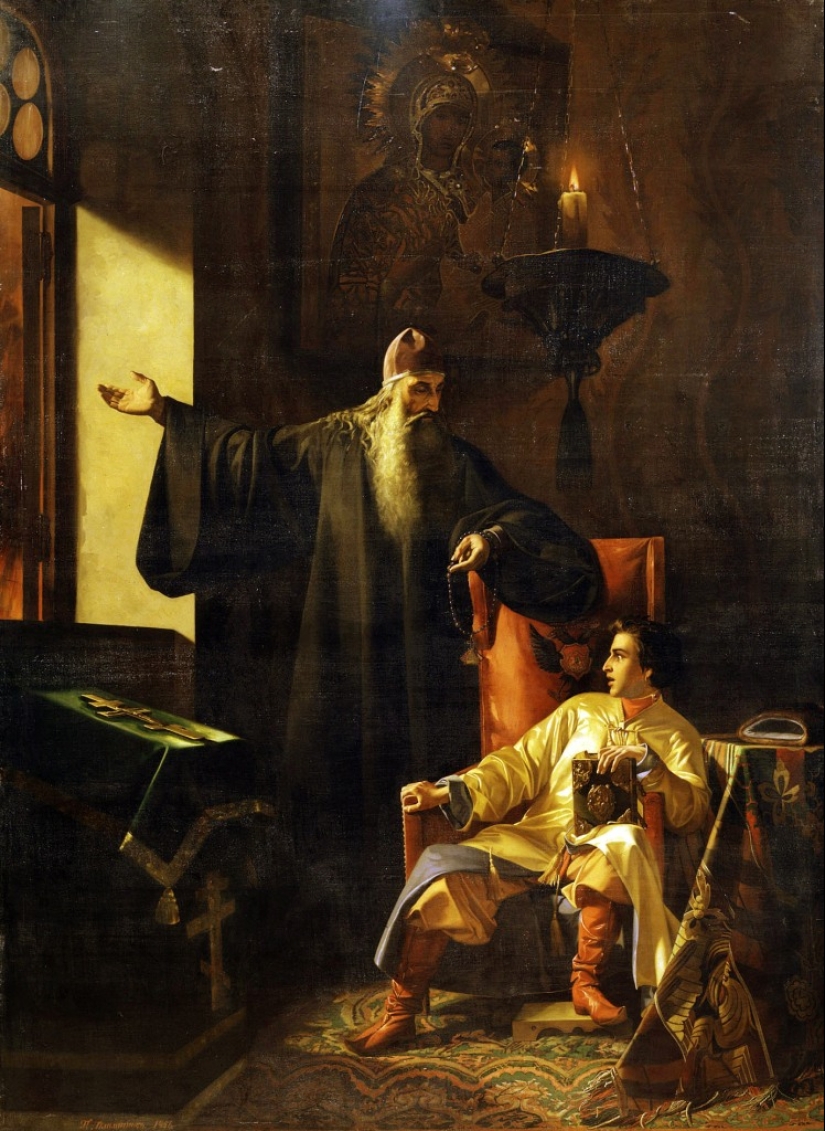
This priest was a significant figure of his time — he was considered the spiritual mentor of John IV himself Grozny. However, historians believe that a collection of rules appeared in the 15th century in Veliky Novgorod. Sylvester has only completed, edited and published this book.
The main task of the book was to indicate the way to establish a harmonious relationship between the spouses. It was based entirely on Christian principles and called for living in love, respect and harmony. In one of the chapters there is a point directly pointing to the inadmissibility of cruel beatings in the Orthodox family:
"Do not be angry with either the wife at the husband or the husband at the wife, but for any fault, do not beat on the ear or on sight, nor under the heart with a fist, kick, or stick, do not stab with any iron or wooden, do not beat someone from the heart or from the kruchina so many parables from that there are blindness and deafness and an arm and a leg dislocate both the finger and the glavobolie and the toothache, and pregnant wives and children have neglect in the womb, and with a whip with punishment they beat carefully, and it is reasonable and painful and scary and healthy, but only great guilt and kruchinavata matter, and for great, and for terrible disobedience, and neglect, and soimya shirt with a whip politely beat by the hands holding the fault of looking."
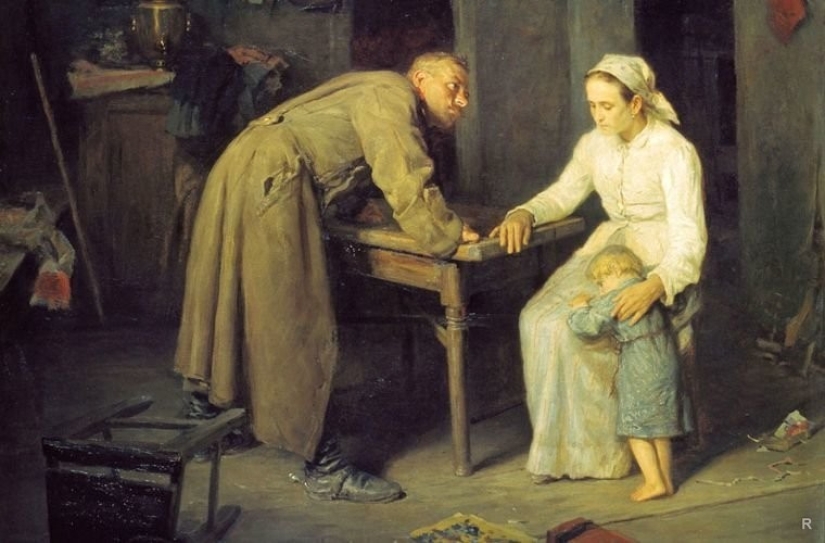
However, we see that the author admits punishment "politely with a whip". There is no escape from this — the times were cruel, medieval. But a violent brawler who causes injuries to his wife, children and servants, according to Domostroy, should have been severely punished. In the 16th and 17th centuries, a wife could complain about a spouse who was dissolving his hands.
Historians have found many court documents of that era, which describe the trials against the brawling husbands. The relatives of the women usually acted as witnesses. If the facts of the beatings were confirmed, the men were punished. Depending on the degree of guilt, a fine, church penance or whipping could be imposed. In the most serious cases, the domestic tyrant was sent to redeem himself in a distant monastery.
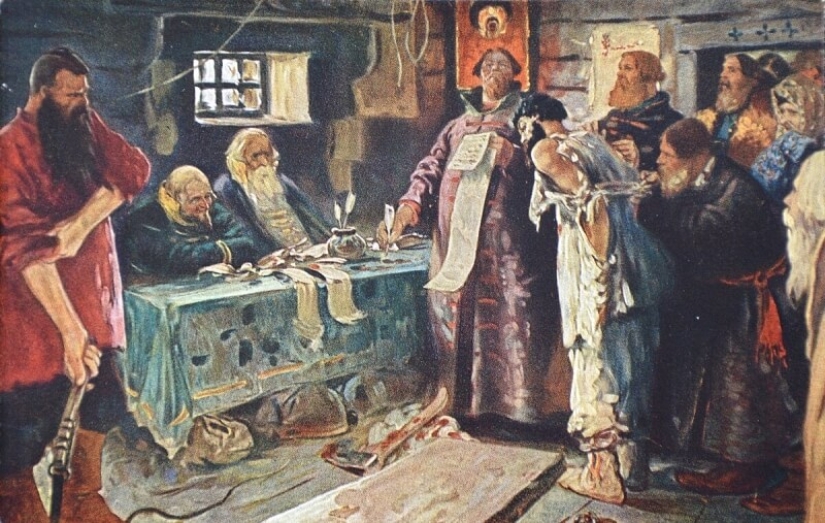
But the wife always had the last word. If a woman decided to forgive a wayward husband, the courts often went to meet her and the domestic tyrant was forgiven. To do this, the wife had to submit a petition for pardon. In such cases, everything could be limited to strict suggestion and warning. If the spouse then took up the old again, there was no leniency towards him and the punishment was awarded the most severe.
But domestic violence began to be taken especially seriously during the reign of Peter I. There were more and more people who instructed husbands to live in such a way that the wife "loved, revered and did not get scared." One of the authors, who lived at the end of the Peter the Great era, wrote as follows:
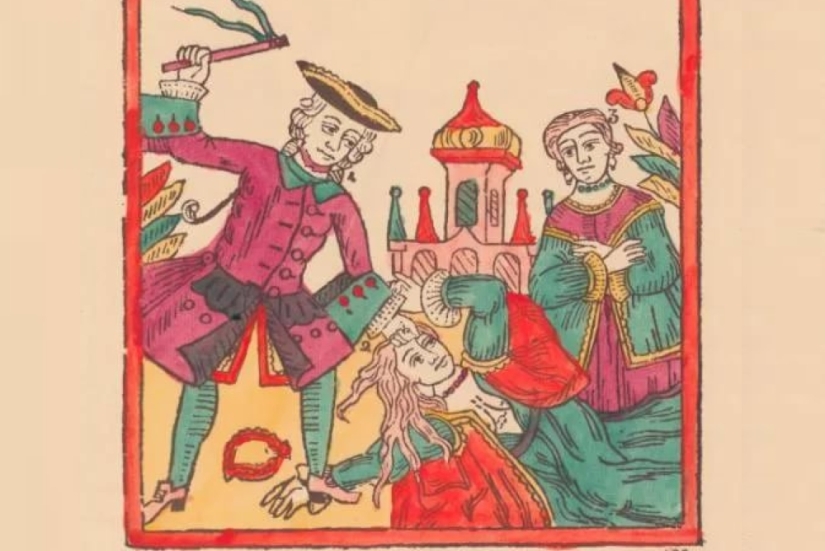
At this time, the condemnation of domestic violence is often found in both spiritual and secular literature. At the same time, divorces became possible, due to physical abuse. It was not easy to part with her husband — the testimony of many witnesses and obvious signs of beatings were required.
It must be said that domestic violence then existed not only among the peasants. The courts recorded the appeals of merchants, noblewomen and even the wives of clergymen.
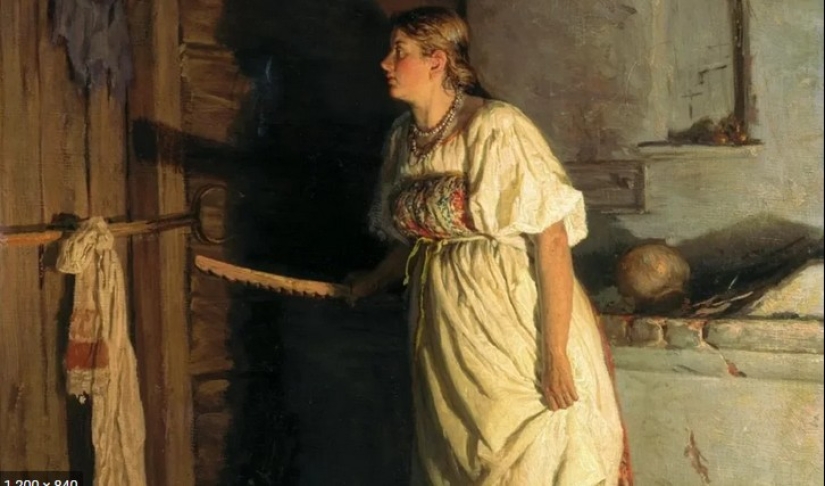
In the era of "crazy empresses", domestic tyrants began to be asked much more strictly. It was not uncommon for abusive husbands to be sentenced to confiscation of property, whipping and imprisonment. Later, the punishment for domestic violence was only tightened. At the beginning of the 19th century, for systematic abuse of his wife and children, one could easily go to hard labor, even for life.
Recent articles

Ready to let out your wildest fantasies? View that creates American digital artist Konzhe Marcus (Marcus Conge), which connects the ...

Tatiana Gavrilova, better known by her creative pseudonym TanikoGa— is a Russian artist from Shlisselburg who loves cats and ...

Among the indigenous people of New Zealand, the Maori, tattoos were an integral part of their culture. All representatives of this ...